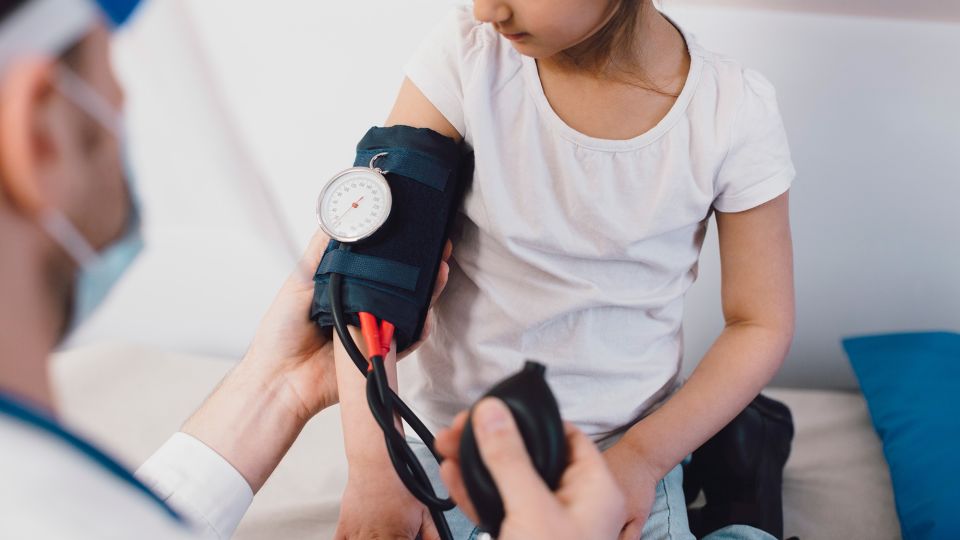Home / Health / Childhood Hypertension Rates Nearly Double Globally in 20 Years
Childhood Hypertension Rates Nearly Double Globally in 20 Years
13 Nov
Summary
- Hypertension rates in children have risen from 3.4% to 6.5% in boys and 3% to 5.8% in girls since 2000
- Childhood obesity is a major risk factor, linked to insulin resistance, inflammation, and vascular issues
- Masked hypertension, where kids have normal readings at home but high in the doctor's office, is common

According to a new study published on November 13, 2025, global rates of hypertension, or high blood pressure, in children and adolescents have nearly doubled since the year 2000. In 2000, around 3.4% of boys and 3% of girls had hypertension, but by 2020 those numbers had risen to 6.5% and 5.8% respectively.
This surge in childhood hypertension is a major public health concern, as children with high blood pressure are at greater risk of developing heart disease later in life - the leading cause of death in the United States. Experts say the rise is likely due to a combination of factors, including the growing childhood obesity epidemic, poor diet high in sodium and processed foods, lack of physical activity, and even environmental pollutants.
To address this issue, researchers emphasize the importance of better screening, earlier detection, and a stronger focus on prevention through healthy lifestyle changes. They caution against relying solely on in-office blood pressure readings, as "masked hypertension" - where children have normal readings at home but high ones in the doctor's office - is actually the most common type. Comprehensive monitoring and a holistic approach to children's health and wellbeing will be crucial to tackling this emerging crisis.


